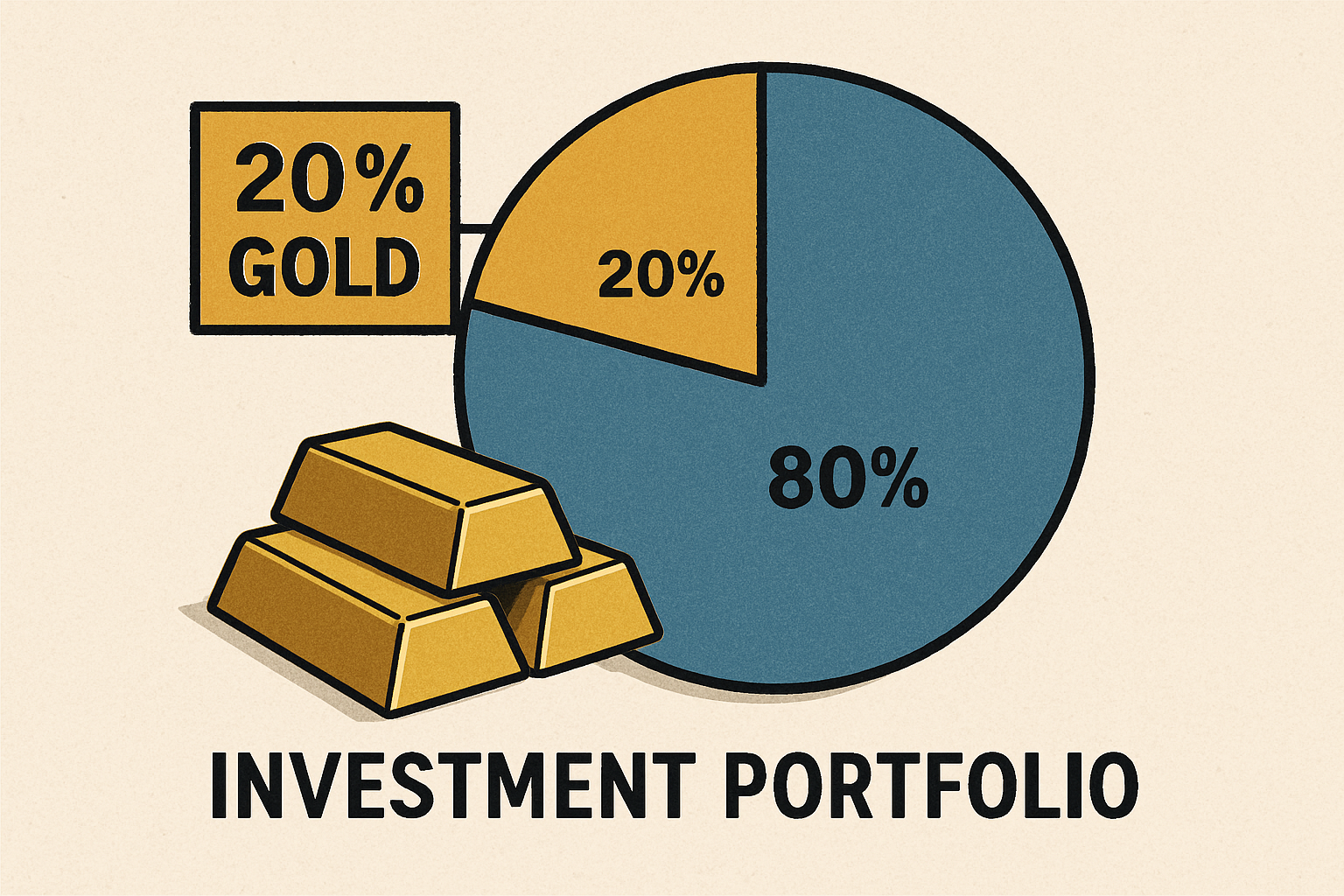Major Institutions Growing More Bullish On Gold
%20(6).png)
Investment banking giants Morgan Stanley, Citigroup, and Goldman Sachs have all shared updated gold price projections for 2025 and beyond as the yellow metal’s bull run shows no sign of slowing, even as new tailwinds emerge to support today’s all-time high prices.
Amy Gower, metals and mining commodity strategist at Morgan Stanley, told Bloomberg on Monday morning that gold’s move to new all-time highs has been building for quite a long time, and every time analysts predict a peak, it posts further gains.
“I think that's because there's two different stories driving gold here,” she said. “One is the physical demand that really started to shift in 2022 when we saw central banks buying a lot more gold. They've doubled their rate of purchasing from the previous decade, and that has sustained. And then more recently as well, investor demand for physical bars and coins and even ETFs is starting to step in the last few months. That's actually new inflows to gold coming through here, and arguably plenty more to go.”
Gower said Morgan Stanley is also expecting the macro environment for gold against equities and bonds to improve. “We've had a tough macro backdrop for gold with this high interest rate environment, so as these come down actually, that arguably should be a tailwind for gold,” she said.
“As long as the physical can hold, and then the macro factors come through, we would say gold hasn't peaked yet.”
Asked about the interest rate environment, Gower said at this point, the direction is more important than the levels themselves.
“The rates are still quite elevated relative to where they were before this rate hiking cycle, so it is really about the direction of travel here,” she said. “Have we peaked, and are we generally moving lower? That does make gold relatively more competitive. It may be slightly on pause this year, and that's why that physical demand story remains important, so we do also need to see that holding up and those ETF [inflows] have just started, the gold holding ETFs, and so we would look to that sustaining to believe that this rally continues to have legs.”
Gower was also asked how high her team believes gold can go in the current environment, and whether the rally will become self-limiting at these lofty price levels, and she acknowledged that the bull case will require some stabilization to occur.
“Our bull case on gold goes to $3,300, $3,400 an ounce this year,” she said. “Whenever a commodity price rises, we do start to worry about demand destruction, and particularly when something's moving very quickly. For example, jewelry, that's around double the size of what central banks are buying each year. and often, when you go to buy jewelry, you go with a budget, you don't go with an amount of gold you necessarily want to buy, so you do naturally get that effect coming through. You get more recycling supply as well.”
“Even central banks, we've seen the Reserve Bank of India pausing in both December and February,” she added. “We might need to see a bit of stabilization, I think, for that flow to continue.”
Max Layton, Global Head of Citigroup Commodities Research, told CNBC over the weekend that Citi also expects gold prices to continue rising.
“Bottom line is […] the fundamental drivers of this gold bull market remain in place, and will continue to drive gold all the way up, in our base case, to $3,200 an ounce over the next couple of months, and then potentially up as high as $3,500 an ounce if we're in a more concerning US growth environment than what we have in our base case,” he said.
Asked what Citi believes will drive the buying beyond these uncharted levels, he acknowledged central banks and ETF investors, but said U.S trade policy could be the big new impetus for gold purchases.
“In particular, President Trump and his team, they’ve mentioned some pretty high headline tariff figures on April 2,” he said. “These kinds of tariffs, even if half of them are delivered, are going to be concerning from a global growth perspective, but also from a U.S. growth perspective, over the next 3 to 6 months. That would cement, in our view, a continuation of what we've seen over the last couple of years, which is a very gradual slowing in U.S. economic growth.”
“In the past, we've tended to see savings rates rise, and ETF demand rises alongside that, with the driver of both being precautionary savings from households,” he added. “We think this is going to take you that next leg higher over the next quarter or two.”
And Goldman Sachs shared an extremely bullish – albeit unlikely – scenario under which gold prices could rise above $4,000 per ounce by the end of 2025.
The investment bank already revised its gold price outlook for 2025 to $3,300 per ounce from the previous estimate of $3,100, but under severe market stress conditions, they believe gold could exceed $4,200 per ounce by late 2025, and could even surpass $4,500 in 2026.
After retesting support at $3,100 15 minutes after the North American market open, spot gold is back near the all-time highs set earlier on Monday.

Spot gold last traded at $3,121.44 for a gain of 1.17% on the session at the time of writing.

%20(1).png?width=2000&height=1233&name=Untitled%20(24%20%C3%97%2018%20in)%20(1).png)

.png)
